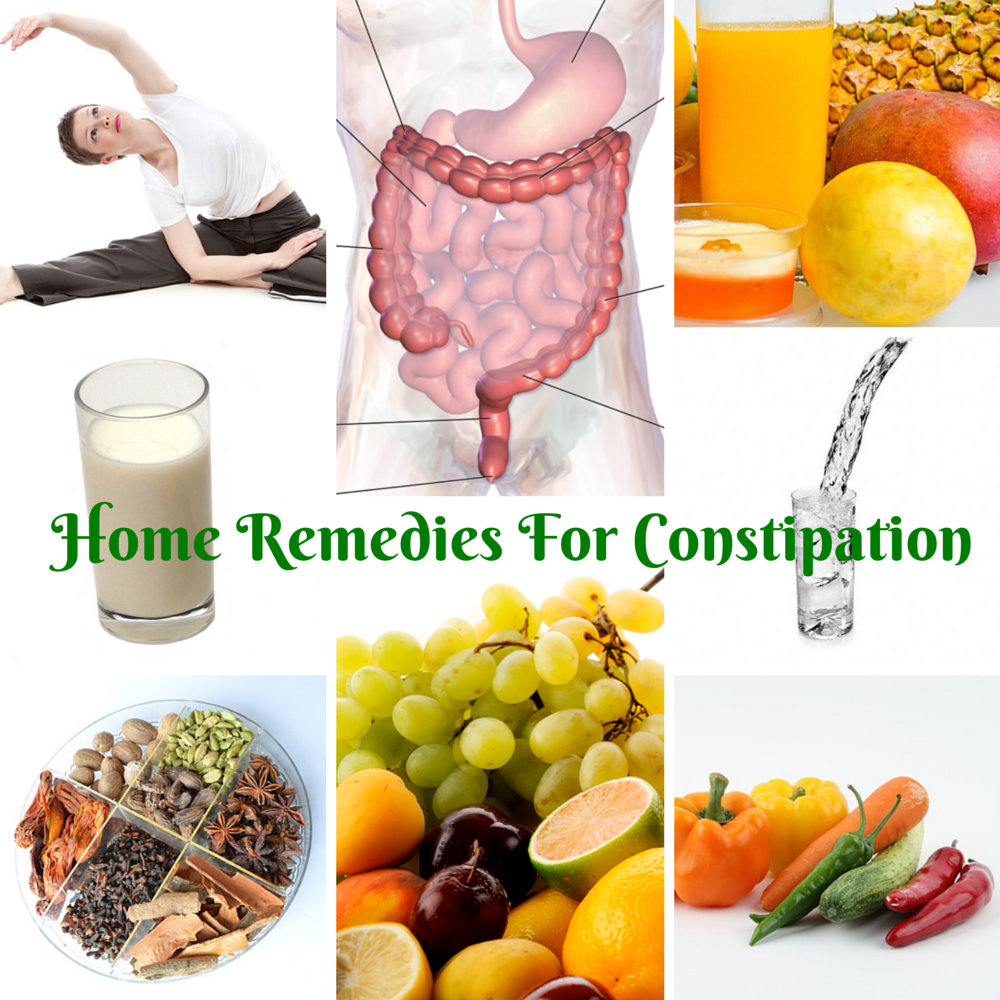
September 7, 2024
Stress And Anxiety Urinary Incontinence > Fact Sheets > Yale Medication
Tips For Easing Anxiety And Anxiety From Over Active Bladder Urinary system incontinence is really usual, but many individuals never ever speak with their doctor regarding it. See your doctor and bring it up at your following medical professional's go to. Urinary incontinence is not an unavoidable part of growing older, and there are a variety of therapies readily available. A leader in this field, UCSF uses ingenious, compassionate like females with tension urinary incontinence. Your core includes your upper body muscular tissues, specifically the reduced back, pelvic floor muscular tissues, and abdominal area. These muscles maintain your pelvis associated your back, which aids with excellent pose and balance. Your physiotherapist can reveal you exactly how to do some exercises throughout daily tasks, such as riding in an auto or sitting at a workdesk. Research has actually discovered that at the very least half of people with urinary system incontinence do not review the problem with a healthcare carrier.History And Physical
- Doing exercises to reinforce your pelvic muscle mass might not avoid you from having any problems with incontinence, but it can help you restore control of your bladder.
- This infection can irritate your bladder, leaving you with a strong impulse to pee and, often, incontinence.
- To aid you recognize and acquire the appropriate muscles, your doctor might recommend that you work with a pelvic floor physiotherapist or attempt biofeedback techniques.
- Bladder muscles can turn on involuntarily due to damage to the nerves of the bladder, the nerve system, or to the muscular tissues themselves.
- But when those muscles deteriorate, anything that places force on the stomach and pelvic muscles put pressure on your bladder.
Is walking good for stress and anxiety incontinence?
Can I Treat My Bladder Control Issue Myself?
Chronic coughing, cigarette smoking, and obesity might likewise result in SI. Anxiety urinary incontinence (SI) is one of the most typical type of urinary incontinence suffered by women and it can influence women of all ages. Additionally, women who have given birth are more probable to have anxiety incontinence. Initially, a general practitioner may suggest some straightforward steps to see if they assist improve your signs. Overflow urinary incontinence is commonly triggered by an obstruction or clog in your bladder, which prevents it from emptying completely. Any stress placed on the abdomen and bladder can cause the loss of urine. Individuals with OAB may worry about having signs, specifically in social situations, and this can trigger their fight-or-flight response. This response can after that lead to OAB symptoms, producing a cycle in which the even more signs and symptoms a person has, the more anxious they feel. Although scientists and physician are not exactly certain why anxiety may create constant urination, there are two main concepts. Menopause marks a substantial transition in a lady's life, with its variety of signs and symptoms commonly leading to concerns about their beginning. Among these signs, urinary system incontinence can be particularly discouraging, leaving women to wonder if menopause creates urinary incontinence. Let's delve into the link in between menopause and urinary incontinence, debunking misconceptions and providing functional options for managing and alleviating your symptoms. Your hormones (estrogen specifically) modification during menopause and this can modify your bladder control. Tension urinary incontinence is the most typical sort of urinary incontinence. It can happen during exercise, coughing, chuckling and sneezing. Pelvic floor workouts (Kegels) can strengthen muscle mass and lower signs.Social Links